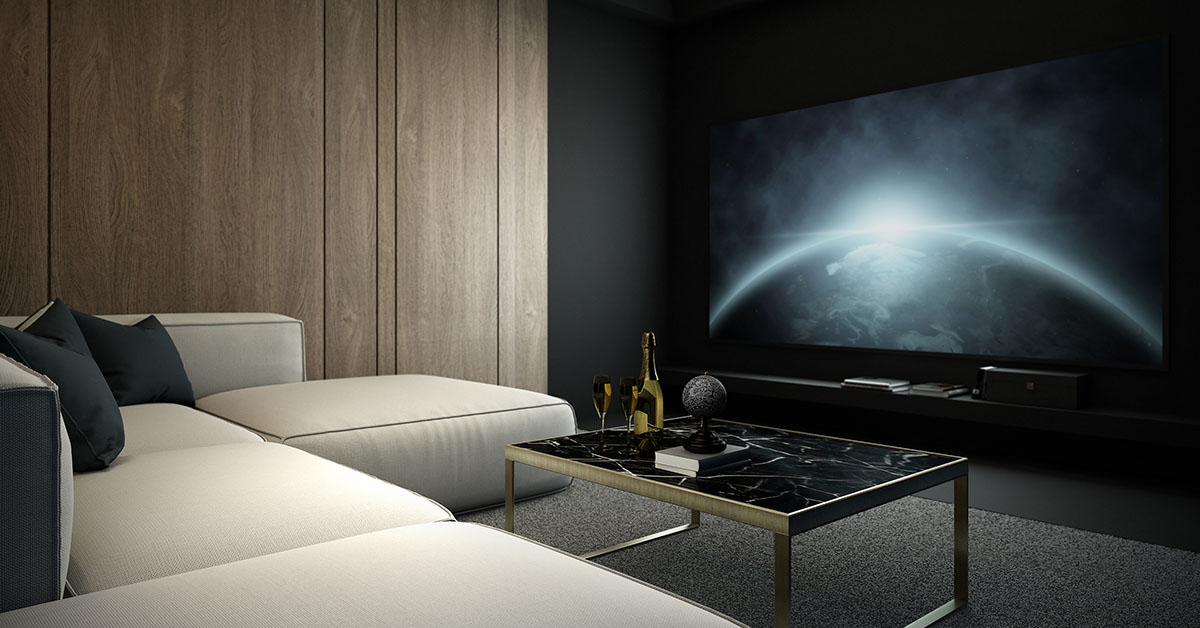Processors
State of the eARC
TV manufacturers tend to be drivers for new functionalities, features, and ever-improving video quality. It is understandable as it is the TV that always drives the user experience for the picture quality.
It is in consumer’s best interests to connect source devices such as PlayStation, Xbox, streaming players like Apple TV, and Blu-Ray players directly to the TV input ports rather than using a device such as an Audio Video Receiver to handle channel switching.
This has been increasingly important already over the past many years. Right now predominantly all new TVs in all price categories accept most flavors of HDR and the latest models already widely accept Variable refresh rates (VRR) and auto low latency modes (ALLM) which are indispensable for any gamer. Also, we already have Quick Sync and early HDMI 2.1 8k formats.
Such formats as described are accepted by nearly none of the current audio systems or repeater/matrix systems.
With this rapid evolvement of video formats, it is clearly not advisable to invest in those “man in the middle” devices which could easily be lacking a simple new feature rendering the device obsolete in a matter of months. We are living in a time where standards greatly change within a short period of time.
To discuss the development of the audio side we must investigate the past to see how sound formats got to be where they are.
In early 1990’s Dolby Digital was introduced. In the early 2000’s lossless high bit rate audio formats Dolby TrueHd and DTS-MasterAudio were created. In 2012 metadata object-based audio was introduced. These are the Dolby Atmos and the DTS-X formats. All these audio formats have been extremely popular together in most video content and continue to enjoy wide acceptance today.
An audio system purchased since 2012 already supports everything a Blu-ray / streaming content can throw at it. Why is this not highlighted more and why have customers still been upgrading audio receivers after 2012? How do audio system makers stay in business?
The reason is that each change in the video standard, even offering a single new HDR format, requires a purchase of a brand new Audio Video Receiver to pass such a signal to the TV. Each model after 2012 really only improve the video side and possibly add some new services from cloud vendors depending on the model.
The great new paradigm shift for HDMI audio came in late 2017 when the HDMI 2.1 specification was released and along with it the specification for a new audio transport called eARC – enhanced audio return channel. This is an upgrade to the legacy ARC specification already available since early HDMI 1.4 specification.
It is revolutionary because now there is a method to transport non-retouched lossless audio all the way from the original content to the amplifier via TV, something only an AVR could offer before using a direct connection to the source device.
AVR manufacturers have been understandably slow to adopt eARC because surely why detract from the only driving force that requires consumers to upgrade audio systems. This eARC, if widely accepted, would work towards removing the need of upgrading due to the video format evolvement.
Thenaudio has recognized this trend and the disconnection between the development of the audio and video formats in the past years. We offer solutions that finally enable consumers to get past the need to upgrade a perfectly sufficient working equipment.
Our products, such as SHARC eARC Audio Converter and ZONE-2 eARC Audio Processor harness the new eArc transport found in TVs and activate your current perfectly capable sound system for the latest lossless audio formats. Years ago you may have spent hundreds or thousands of dollars thinking your sound system will be good forever, just to find out that a year later it already was lacking in functionality.
Unfortunately, today the situation is still the same. If you were to finally buy a new receiver, today, or six months from now you may already be missing an important new video-related capability or never get the functionality you were promised. This is the case with the current HDMI 2.1 announced receivers due to a new bug as outlined in articles such as Bug in HDMI2.1 chips.
Please take a look at our Thenaudio products to learn how they will enable what you already have for the best possible audio experience without sacrificing anything in the video performance.


